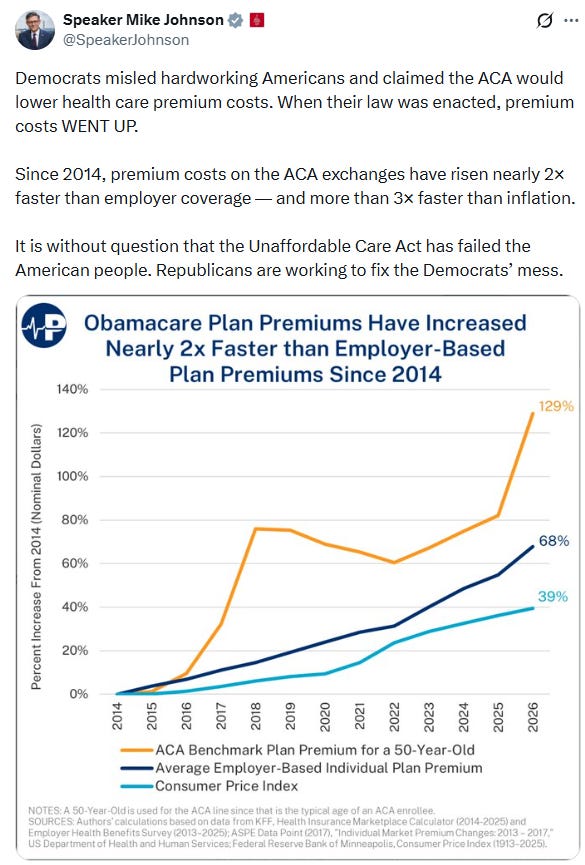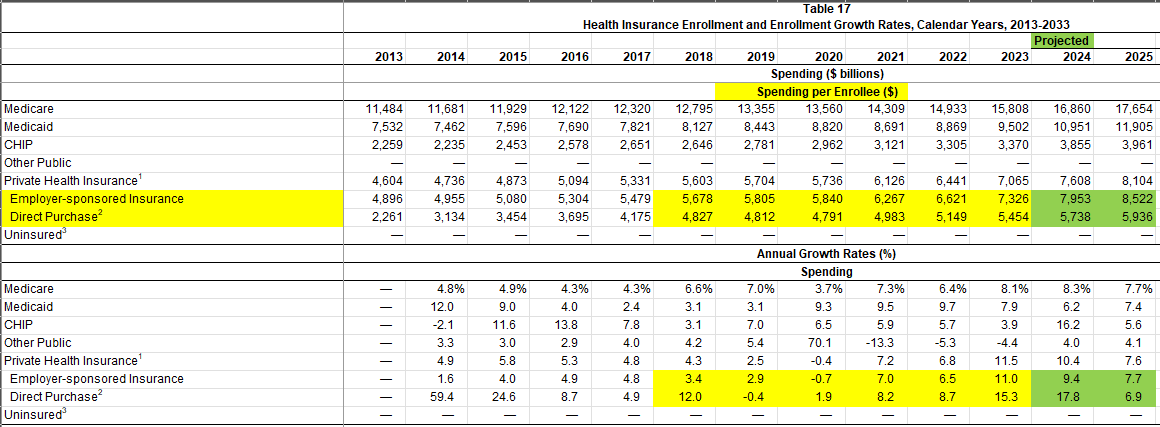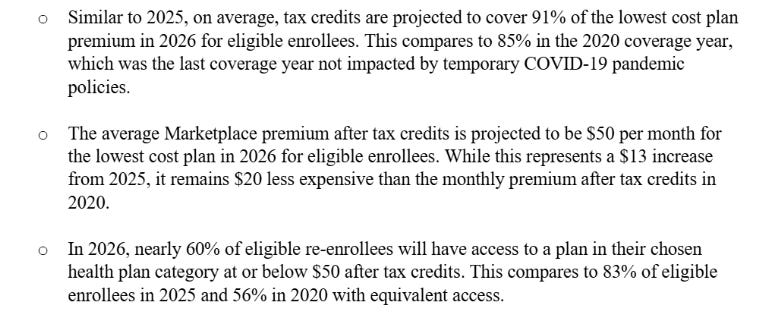Note: Free xpostfactoid subscription is available on Substack alone, though I will continue to cross-post on this site. If you're not subscribed, please visit xpostfactoid on Substack and sign up.
 |
| The, um, visitor reception center at Delaney Hall |
Please excuse a departure from our usual usual programming here at xpostfactoid, as I want to report on an ongoing, intentional, sustained abuse of physical and mental health imposed on New Jersey (and really, the entire nation) by our federal government.
On Saturday afternoon, I joined my wife Cindy to visit a detained young man at Delaney Hall, the Geo Group-run immigrant detention center opened this past spring in Newark’s most insalubrious industrial region. As readers here probably know, Geo Group’s treatment of visitors to Delaney detainees is designed to be abusive: Visitors are forced to wait outside, under an open metal canopy with cold metal benches, before being ushered through the gate to again line up outside to be processed through security.
Yesterday, as part of a group of 50-60 visitors, including about ten children and babies, we waited outside for 100 minutes in 35-degree weather.
Cindy and I are among the volunteers who regularly set up and staff a sort of comfort station for Delaney visitors on the sidewalk outside-- more on that ad hoc enterprise at bottom. We have witnessed what the visitors endure and gotten to know to some of them, but yesterday we had the chance to experience the abuse first-hand (Cindy has visited before, but not in freezing weather or at a crowded time). I am focused here only on the visitor experience at Delaney, respecting the privacy of our friend inside.
Where the 100 minutes went
We arrived for our visit one hour prior to the scheduled 4:30 visiting hour (as Geo Group requires) and joined a line then about 30 people long. The guard worked his way down the line, checking that people were there to visit a detainee scheduled for visiting in that hour. Every time a van or car arrived to go through the gate, he had to interrupt himself and walk back to manually open the gate. This particular guard was civil, which is not always the case.
At 4:15 we passed through the gate and lined up again in front of the security check-in area, a grim cubicle maybe 20 feet square. We waited there, still outside, while the door was opened at intervals and small groups were let in for processing. Each person had to be checked again against the visitor list, hand in their i.d., remove jackets and shoes, and pass through a metal detector. There were 3 Geo employees in the security box, but only one was checking people in. We waited out there for 55 minutes for our turn (and people behind us waited longer), entering security at 5 :10 pm.
Our group included one baby, a toddler and at least ten elementary school-aged children and young teens. After the first group (and largest) group was admitted, the guards did ask the visitors to allow the babies and children and their caregivers to go to the front of the line, which everyone did willingly, but most of those children waited outside as long as we did, as subsequent groups were only about 5-10 people. An elderly person who had to leave the security room to pass off her phone asked to be let in but was made to wait outside again.
The visit itself is not too restrictive. The visiting area is like a crowded school lunchroom, with benches running on both sides of long tables. Visitors are supposed to sit opposite detainees, but people are allowed to touch, and children went to sit with their detained fathers (or other detained relative). There was a fair amount of crying, and of laughter. We visited a young man who has seen too much and has no clear path to a better life, or even a safe life. We will be visiting him again.
The young man we visited told us that Senator Andy Kim was coming to Delaney the next day, and that turned out to be the case. Among New Jersey elected officials, Kim is truly the moral leader, on this as on many fronts.
New Jersey elected officials must act
Despite the federal government’s preemptive powers, New Jersey leaders must make it a priority to stop this abuse of their constituents. The pressure on Geo Group and DHS must be ramped up. Surely this abuse of wives, children, parents, and other loved ones of those detained at Delaney must violate multiple laws and civil rights.
About the volunteer effort at Delaney
Present throughout all visiting hours at Delaney (setting up at 6 a.m. on Saturdays and Sundays for the first visiting hour, which starts at 7:30), an ad hoc coalition of volunteers offers hats, gloves, scarves, blankets and handwarmers; coffee, hot chocolate and donuts; toys and art materials for children (though it’s now usually too cold for the latter); diapers and supermarket gift cards for those who have a breadwinner inside; a listening ear when needed; and information about more in-depth support services, along with a list of vetted immigration lawyers. Several nonprofits as well as individuals are involved in the effort, though I think they would not want me to name them here. Originally, as there was no seating, we set up rows of camp chairs, and we still have those on hand for those who can’t manage on the cold metal benches Geo Group has now set up outside, beneath an open metal canopy.
Delaney Hall, like the next-door Essex County Correctional Center, is located in a truly forbidding industrial region of New Jersey, surrounded by energy storage tanks, warehouses, trashy vacant lots, and industrial facilities. Across the street, a narrow freight railroad track is lined with yards-deep trash. The air often stinks. Behind it all, miles to the east, the Manhattan skyline stands like a vision of a different world. None of this matters directly to the detainees, who, according to our friend inside, have no outside view, though they do exercise outside and so get to breathe the insalubrious air. Delaney is within a mile of Newark’s Liberty International Airport, facilitating deportation. I will never fly into Newark again without seeking a glimpse and thinking about the barbarity we have institutionalized at Delaney and the prison next door.
Update: Via Pax Christie, video footage of the visitor line at Delaney on an even colder evening: https://www.instagram.com/p/DSEPgEKDbs9












